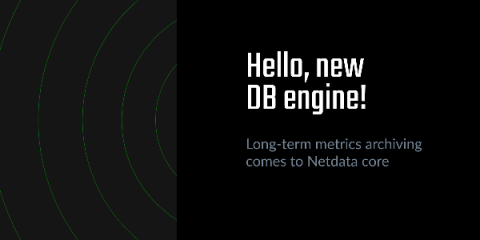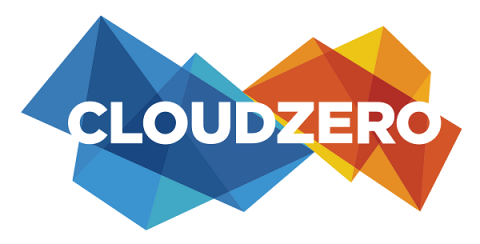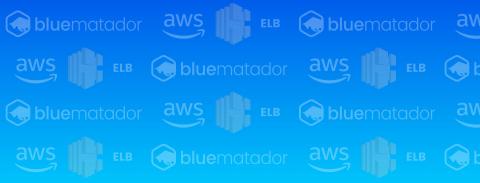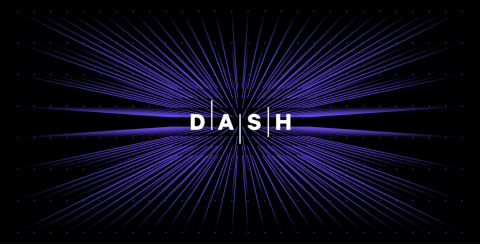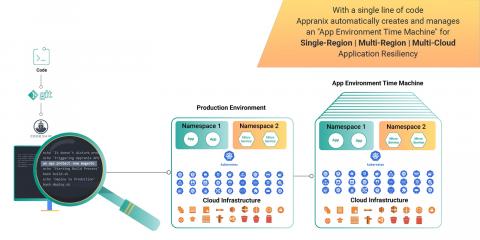New Integration - Create Microsoft Azure DevOps Work Items directly from Rollbar
Does your team use Azure DevOps for tracking work? You’re going to love our latest integration if that’s the case. You can now create and resolve Work Items in Azure DevOps directly from Rollbar, making error monitoring and debugging even faster. This is the latest addition to our toolkit for the Microsoft ecosystem (read about our Azure Active Directory integration). It reinforces our mission to help software developers build software quickly and painlessly.



